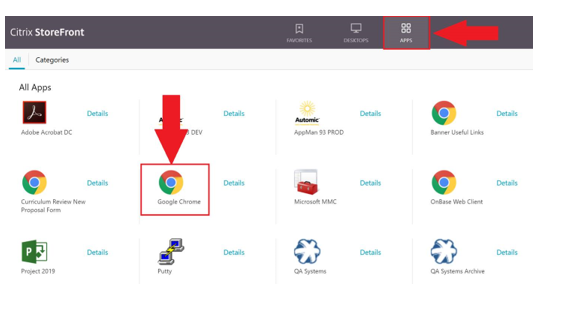

In particular, he noted: “The audio quality problem turned out to be fixed by a modification to the ‘timer-base scheduling’ parameter. A few have noticed the tendency for some protocols to drift but it’s rare-however, recently there are signs this may become of interest to the mainstream VDI user, as well as the cutting-edge new video and VFX cases.Ī few weeks ago veteran CTP Tobias Kreidl published a (very good-a must read!) guest blog on the Citrix site reviewing the Raspberry Pi as a thin client in which he noted some setting tweaks he’d made to overcome audio/video synchronization issues. Citrix/VMware/other on their technologies to avoid drift over time.”). There have been a few hints that this was an area of technology that generally isn’t as good as it will need to be an obscure support paper from NVIDIA (back in 2016) indicated that if you were hoping to do VFX-type video editing you probably needed to look at this: “ The remoting protocols and virtualization stacks also handle audio/graphical channel synchronization differently and users should consult their remoting vendor e.g. These are essentially server-“rendered” audio. SPEEX, as the pun-of-a-name suggests, is aimed at voice data, whilst Vorbis is more tuned to music/general audio ( hidden away in the Receiver partner guides ). In Citrix’s case, the audio codecs mainly used are SPEEX and Vorbis, both of which have to a large extent been replaced by OPUS by many. However, with so many graphics challenges now solved that would have stopped you ever getting to the point where audio synchronization was an issue, the signs of challenges are starting to appear. Basically, it hasn’t really been a problem to date, so few have had any reason to prod the weak points.

In fact, it’s something there’s negligible information on and little community investigation has occurred. Synchronizing video to audio channels is very hard, and the use cases to date have meant that few have noticed that it’s not something most protocols do very well at all.

And, it’s reached a stage where audio synchronization is likely to become the neglected ginger-haired step-child awkwardly present at the family dinner. However, high-end graphical use cases enabled by datacenter GPU technologies from the likes of NVIDIA, Intel, and AMD mean that frame rates of 60 fps are becoming more common, and other use cases are being considered. For Webex/Go-to-meeting/Skype, you are usually more concerned that the voice quality stays high, and you can live with a little flakiness in the speaker’s headshot video.Ī decade ago, graphics limitations, hardware, and network bandwidth meant default VDI frame rates were often 12-16 fps (frames per second) rates (now probably up to 24 fps for commodity VDI/apps), and indeed rates of 10-12 fps are often still used at the low end in protocols such as VNC for support shadowing work. Historically, most protocols have separated audio (traditionally voice) from graphics this makes a lot of sense particularly as different QoS (Quality-of-service levels) can be attributed to different channels. If you poke around in the Citrix system requirements you’ll find that Vorbis and SPEEX are available under the hood. Whilst the various graphical/video codecs are pretty well known, the vast array of audio and speech codecs is less so, but includes SPEEX, OPUS, and Vorbis.


 0 kommentar(er)
0 kommentar(er)
